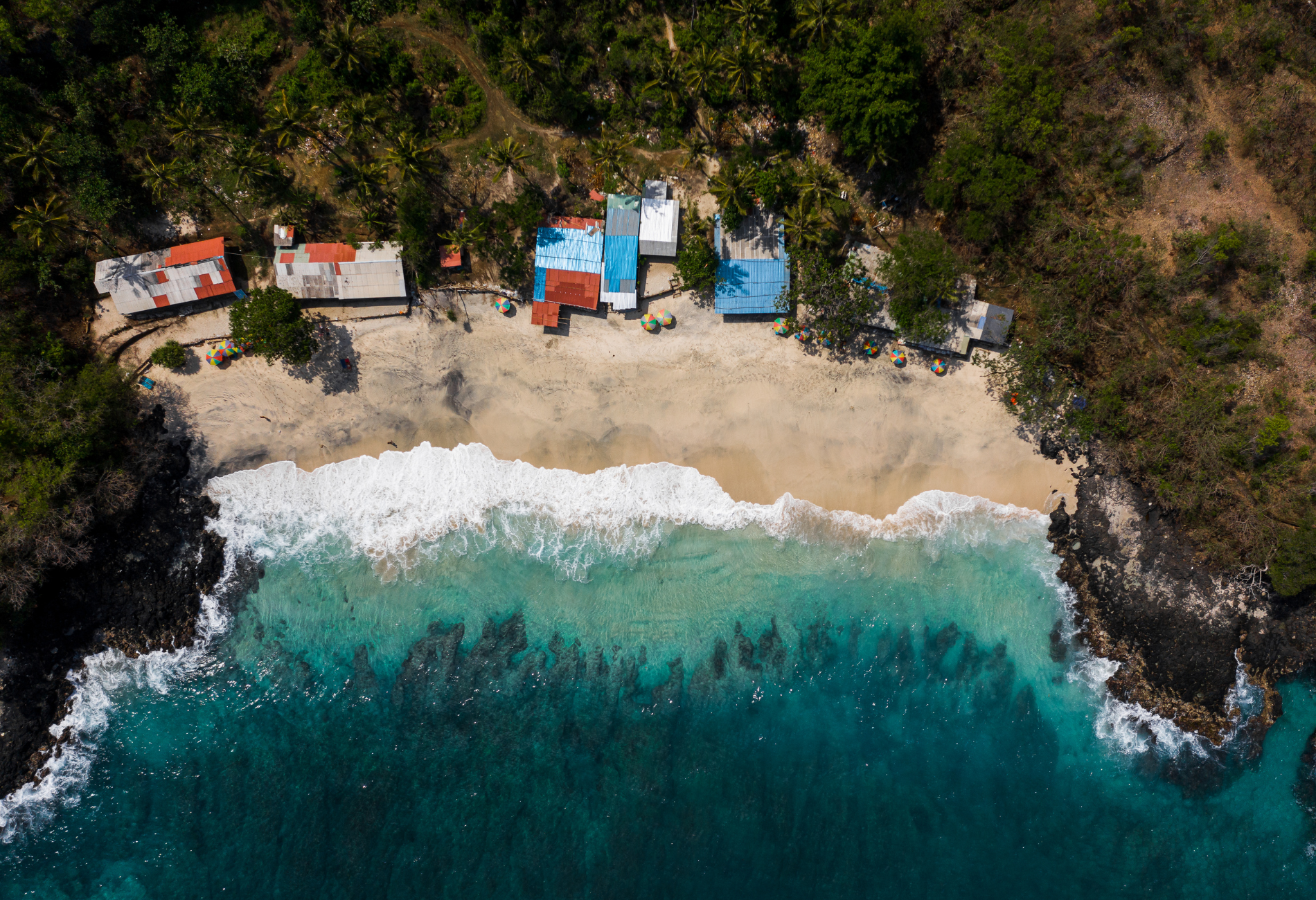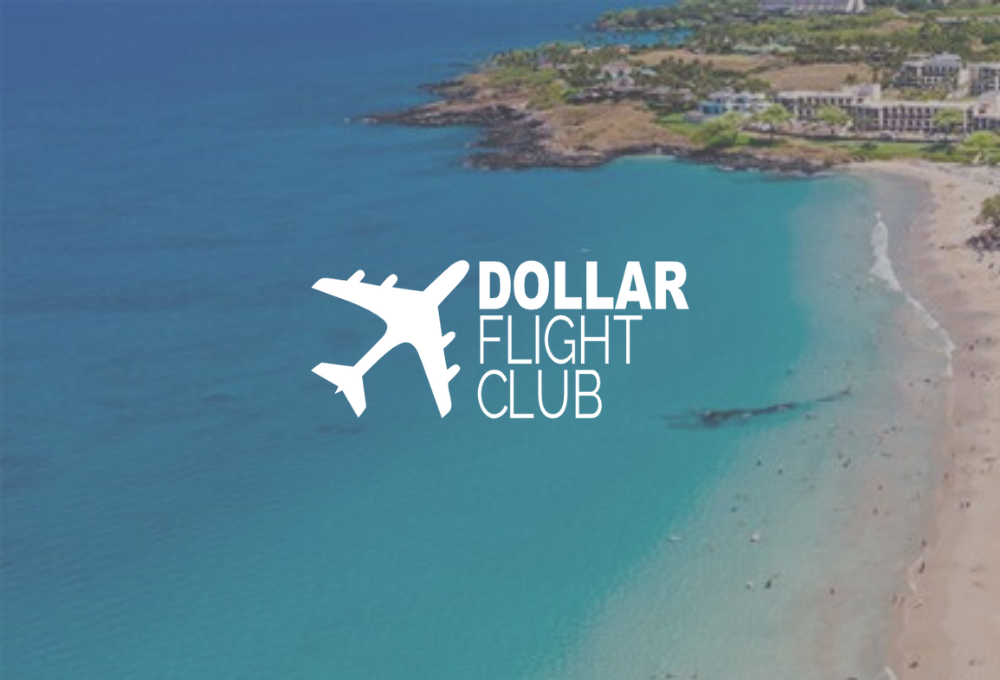Overview
If you’ve turned on the news, or scrolled social media, chances are you’ve seen the jaw-dropping reports of the 8.7 earthquake off Russia’s eastern coast. It’s officially the sixth largest earthquake ever recorded, and it sent shockwaves (literally) across the Pacific.
From Japan to Alaska to the West Coast of the U.S. (and even the Pacific Islands), tsunami warnings had everyone on edge. Entire communities were told to evacuate to higher ground, airports paused flights, and travelers were left scrambling.
What actually happened
The earthquake struck just off the Kamchatka Peninsula in eastern Russia—an area that sits smack in the middle of the Pacific Ring of Fire, known for serious seismic activity.
The quake sent tsunami alerts across the Pacific, including:
Japan: Over 2 million people evacuated after tsunami sirens blared in places like Hokkaido. Early waves reached about 30 cm, but authorities feared more could follow.
Hawaii: Sirens and text alerts told people near the coast to move inland. Some parts of Oʻahu saw waves up to 4 feet before the warnings were eventually downgraded.
U.S. West Coast: Warnings went out for California, Oregon, and Washington, though waves didn’t reach the same height. Still, it was enough to prompt beach closures and evacuations in some areas.
Pacific Islands: Places like Easter Island and the Galápagos were also placed on high alert. In some cases, local airports shut down to avoid any risk.
Thankfully, the tsunami threat has mostly passed, but the whole event was a wake-up call.
Airline Travel Took a Hit
With so many areas on alert, air travel took a direct hit. Flights were grounded or rerouted, especially to and from Hawaii and parts of Japan. In response, several U.S. airlines quickly rolled out tsunami waivers to give passengers a break on fees.
Here’s a quick breakdown of what airlines are offering:
Airlines waiving change fees:
Alaska Airlines: Free rebooking if you’re flying to Oʻahu, Kona, Kauaʻi, or Maui through August 3.
Hawaiian Airlines: Same deal—same airports, same dates.
United Airlines: Also letting you rebook flights to those four Hawaiian islands for free.
American Airlines: Goes a bit further—covering those Hawaiian airports plus two cities in Japan, if you were flying on July 30.
Before you head to the airport, do yourself a favor and double-check your flight status. The last thing you want is to show up with your bags, only to find your flight’s delayed—or worse, canceled.
If your flight qualifies for a waiver, don’t wait—rebook. Airlines are being pretty flexible right now, and you likely won’t get hit with extra charges.
Travel Insurance Is a Game-Changer
Here’s the thing: we never expect stuff like this to happen on our trip. But when it does, travel insurance can save you from a whole lot of stress — and serious money.
Let’s break it down:
If your flight’s canceled due to a natural disaster, trip cancellation coverage may help you get your money back.
If you’re stuck somewhere overnight due to delays or evacuations, emergency expense coverage could cover hotels, meals, or transport.
If something happens medically during a disaster, the right policy could help with hospital costs or evacuation.
But here’s the catch: you’ve got to buy insurance before the event happens. If you try to get covered after the earthquake’s in the headlines, it’s usually too late.
So if you’re planning a trip to any area prone to earthquakes, hurricanes, or volcanoes (we’re looking at you, Pacific Rim), travel insurance isn’t just a nice-to-have, it’s a should-have.









 by your friends at The Daily Navigator
by your friends at The Daily Navigator



